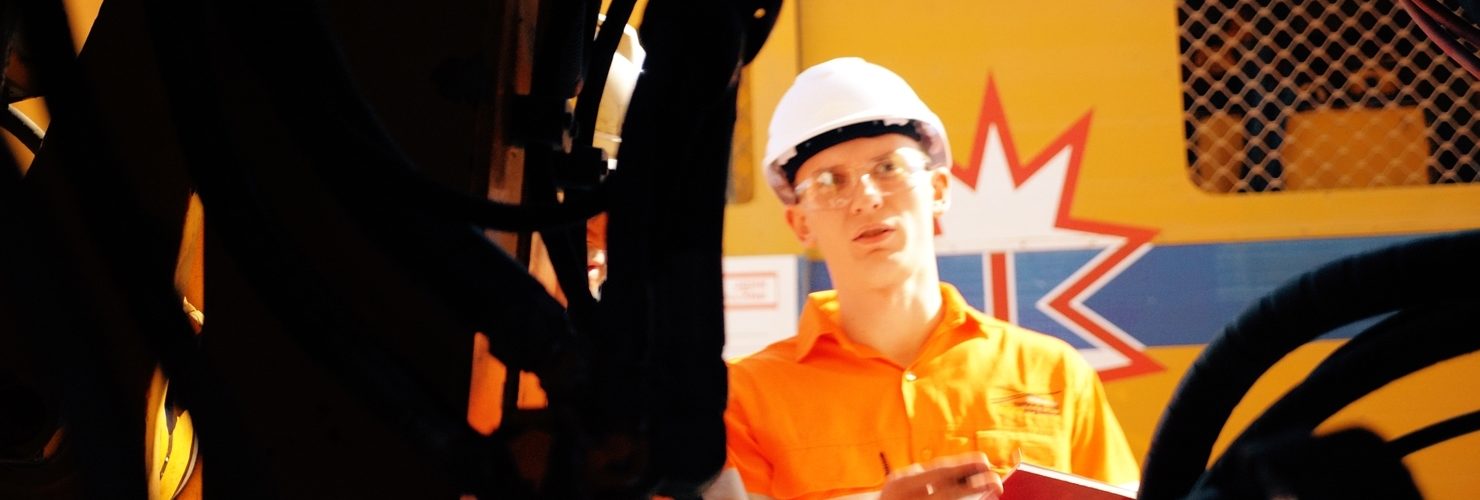Thursday, February 18, 2021
Safety Message: Wabtec Air Brake System – advice to rail transport operators
An ONRSR investigation into a recent runaway incident revealed a feature of the Wabtec air brake system that is now highlighted to rail transport operators.

A locomotive crew had completed a banking operation and alighted from the leading cab of a pair of locomotives. The crew members then walked to the trailing locomotive cab to board and set it up as “Lead” for the return trip. At this time the locomotives started rolling down the gradient in the return trip direction and while both crew members were able to board the front locomotive, they were unable to set it up as “Lead”.
Crucially, this meant the locomotive now in the lead was still set up as “Trailing”, and as a result its brake controls were cut-out. The two locomotives accelerated down the hill and derailed in a curve. The investigation is, among other things, focussed on why the locomotives rolled and why, as a last resort, they weren’t braked by emergency functionality.
The Wabtec FastBrake system installed on the locomotives will not allow the cab setup to change from “Trail” to “Lead” once the locomotive is moving. This is a design feature of the Wabtec FastBrake system.
Operators of locomotives with Wabtec FastBrake systems must ensure their crews are aware of this feature. Crews must also be aware that the feature can be overridden using the system’s “Forced Lead” function.
“Forced Lead” is activated by inserting the reverser handle and moving it to either the forward or reverse position. This action makes the Wabtec software command the electronics to shift the locomotive concerned from “Trail” to “Lead”, even if the locomotive is moving.
It is also important to note that the generator field switch must be on.
Where necessary, operators should review their training and procedures related to changing setup of cabs.